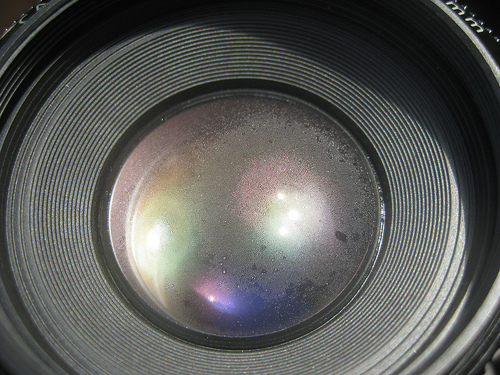
Have you ever find your camera lens fogged after being in a cold area? Like when you’re taking a trip to the mountains or when you get out of an air conditioned vehicle? This won’t be a problem for you if the fogging only occurs on the outside of the lens. But if the fogging occurs in the inside of the lens that’s difficult to access for a quick clean up, this is when it becomes problematic. The fog that’s covering the lens glass will make your photographs less sharp, and if left for too long it can cause molding.
This is very much common. When an object with a low temperature (in this case a camera and lens) and it’s suddenly exposed to an environment with a higher temperature and humidity level, condensation will occur.
If your camera isn’t very air tight, condensation can also occur inside the camera body where all the electronic circuits are. And of course these circuits when exposed to moisture can produce rust, short circuitry, and molds that are very much ready to wreak havoc to your camera system.
So how do you solve this problem?
I suggest that you wait for the camera to adapt to the new environment’s temperature before you expose it to its surrounding. In the instance that the camera is inside a camera bag, let it sit in the bag until it warms up to match the new surrounding’s temperature. Then once you feel it’s been long enough, gradually take out the camera and expose it to the outside.
To further help visualize the process of condensation, maybe there are those of you who’ve had their cup break when filling it with a liquid that’s too hot. The cause is the basically the same for lenses when you abruptly expose it to a new environment with a noticeably different temperature. Maybe the lens won’t go as far as breaking, like the glass example; but remember that the coating on your lens (that’s there to reduce flaring) is very thin. Sudden expansion and shrinkage due to temperature can deteriorate this coating. And when the coating rubs off, your pricey lens’ optics won’t be much different than any regular glass.
So I’d think that having to wait a little while when changing temperatures is a small price to pay for a healthy lens.




